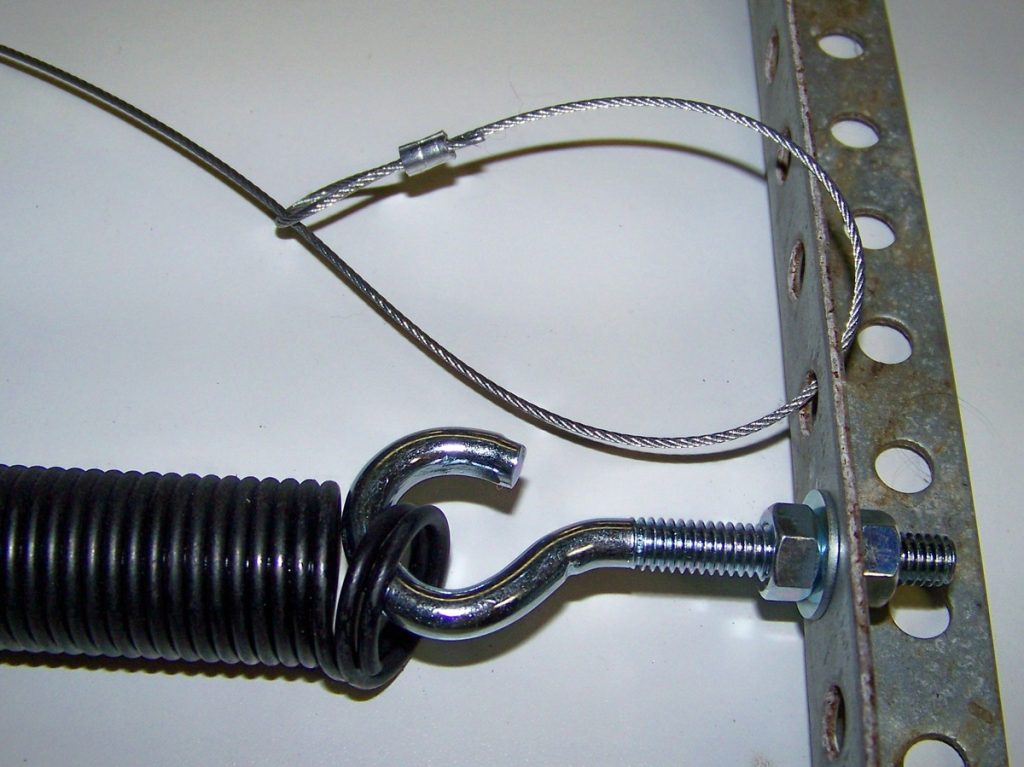Garage doors play a crucial role in our daily lives, providing security and convenience. However, over time, wear and tear can affect their performance. In this guide, we will explore essential tips on “How to Adjust Garage Door Springs and Cables” to ensure smooth and safe operation. Learn the ropes of garage door maintenance and keep your home’s entrance in top-notch condition.

Introduction
Your garage door’s springs and cables are critical components that work together to facilitate smooth and controlled movements. If you’ve noticed issues like uneven closing, jerky movements, or loud noises, it may be time to adjust the springs and cables. This guide aims to demystify the process, empowering you to perform necessary adjustments and enhance the longevity of your garage door.
Understanding the Importance of Garage Door Springs and Cables
Before diving into the adjustment process, let’s grasp the significance of garage door springs and cables in the overall functionality of your garage door.
1. Role of Springs
Garage door springs counterbalance the weight of the door, making it easier to open and close. Torsion springs are commonly used and are mounted above the door. Extension springs, on the other hand, are positioned on both sides of the door. Both types require periodic adjustments to maintain optimal tension.
2. Function of Cables
Cables are an integral part of the lifting mechanism. Working in conjunction with the springs, they help control the door’s movement. Cables are attached to the bottom corners of the door and run through a system of pulleys. Proper tension in the cables is essential for balanced and safe operation.
How To Adjust Garage Door Springs and Cables*
Now that we understand the roles of springs and cables, let’s delve into the step-by-step process of adjusting them.
1. Safety First
Before attempting any adjustments, prioritize safety. Disconnect the garage door opener, and use locking pliers to secure the door in place. Always wear protective gear, including gloves and safety glasses, to prevent injuries.
2. Adjusting Torsion Springs
For torsion springs:
a. Locate the winding cone at the end of the spring. b. Insert a winding bar into one of the holes in the cone. c. Turn the cone slightly in the direction that opens up the coils. d. Keep the tension rod in place to prevent the spring from unwinding completely. e. Make small adjustments until the desired tension is achieved.
3. Adjusting Extension Springs
For extension springs:
a. Open the garage door completely. b. Place a C-clamp on the track just below the bottom roller to secure the door in the open position. c. Detach the safety cable from the spring. d. Use an adjustable wrench to tighten or loosen the spring as needed. e. Reattach the safety cable securely.
4. Adjusting Cables
For cable adjustments:
a. Ensure the door is closed. b. Identify the adjustment bolts on the cable drums. c. Loosen the bolts and adjust the cable tension. d. Re-tighten the bolts securely. e. Test the door’s operation to ensure it moves smoothly.
When to Seek Professional Help
While adjusting garage door springs and cables is a manageable DIY task, there are instances when professional assistance is advisable.
1. Lack of Experience
If you’re unfamiliar with garage door mechanisms, it’s safer to seek professional help. Garage door springs are under high tension and mishandling can result in serious injuries.
2. Persistent Issues
If your adjustments don’t resolve the issues or if you notice recurring problems, it’s a sign that a professional inspection is needed. There could be underlying issues that require expert diagnosis.
3. Unusual Sounds or Movements
Unusual noises or jerky movements during garage door operation may indicate more complex issues. Professional technicians can identify and address these issues effectively.
Conclusion
Regular maintenance, including adjusting garage door springs and cables, is essential for ensuring the longevity and optimal performance of your garage door. By understanding the roles of these components and following proper adjustment procedures, you can tackle common issues and enhance the safety and functionality of your garage door.
Remember, safety should always be a priority. If you’re unsure or uncomfortable with the adjustment process, don’t hesitate to seek professional assistance. A well-maintained garage door not only adds to the curb appeal of your home but also provides peace of mind and convenience in your daily life.



Leave a Reply